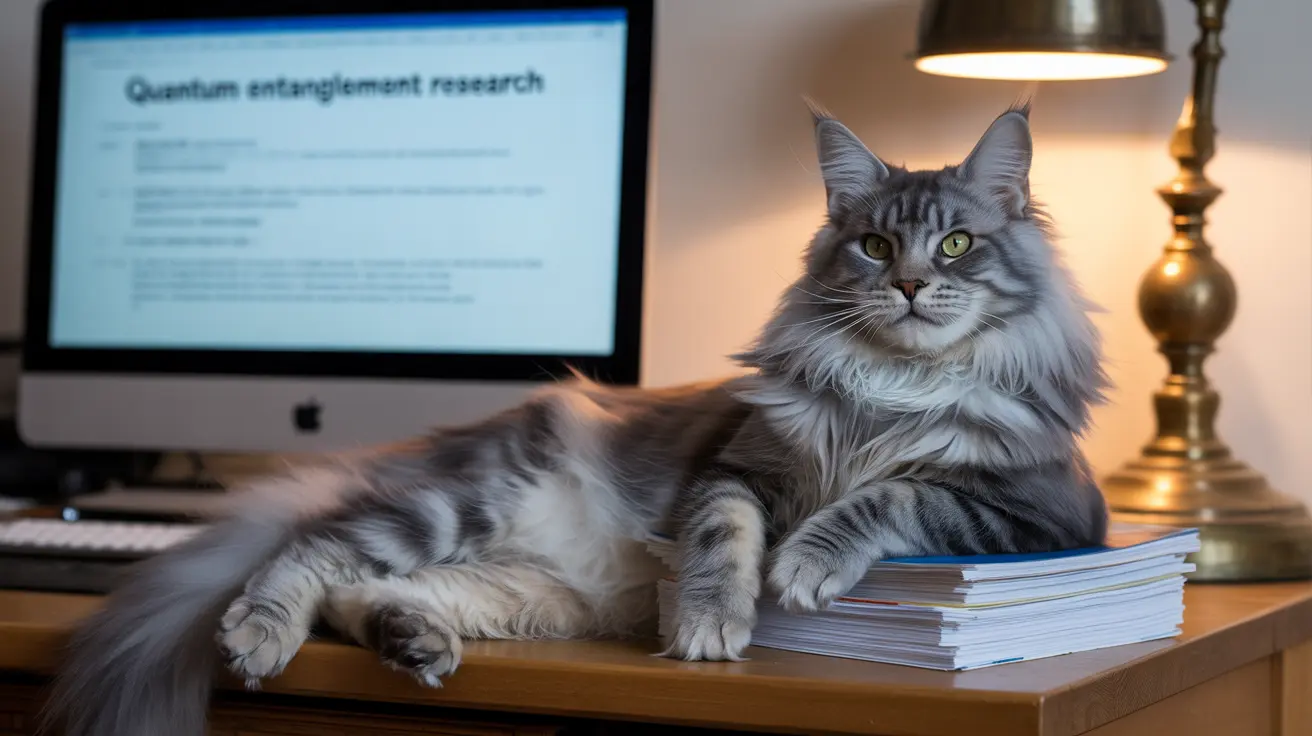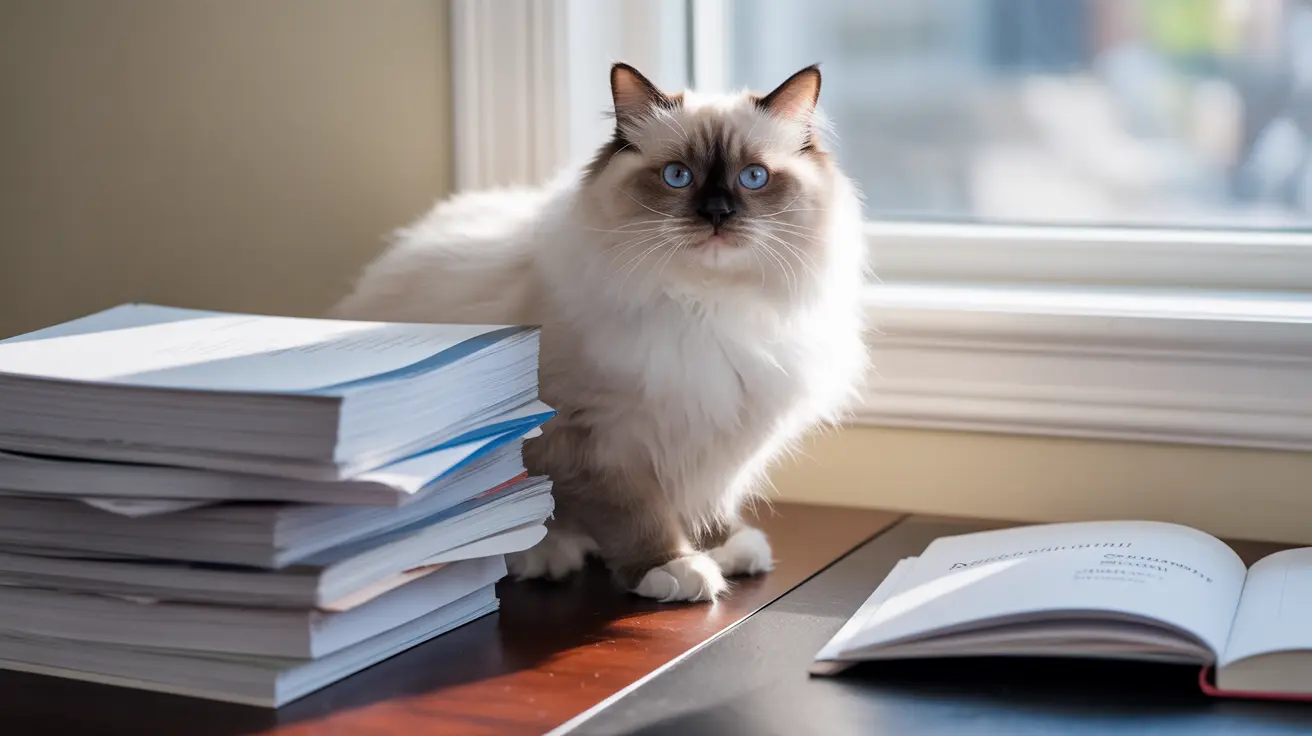Effective Cleaners for Eliminating Feline Calicivirus
Feline calicivirus (FCV) is a highly resilient and contagious virus that infects cats, causing a range of respiratory and oral diseases. This RNA virus is particularly challenging to eliminate due to its ability to survive on dry surfaces for extended periods—up to a month at room temperature—and even longer in damp or cold environments. Therefore, choosing the right disinfectant is crucial in controlling its spread, especially in multicat households, shelters, veterinary clinics, and catteries.
Why Effective Cleaning Is Crucial
The virus spreads not only through direct contact with infected cats but also via indirect transmission through contaminated objects such as food bowls, litter boxes, bedding, toys, and even human hands. Carrier cats that show no symptoms can shed the virus for weeks, months, or even for life. Given its contagious nature, comprehensive and consistent disinfection practices are essential to reduce transmission and maintain healthy environments.
Characteristics of Calicivirus Impacting Disinfection
- Non-enveloped structure: Unlike some other viruses, calicivirus lacks an envelope, making it more resistant to many common disinfectants.
- Environmental stability: It remains viable in diverse environmental conditions, especially in cooler climates, which underscores the importance of rigorous sanitation protocols.
- High mutation rate: This feature contributes to persistent infections and makes standardized vaccine or eradication protocols more difficult to achieve.
Recommended Disinfectant for Calicivirus
Not all household or commercial cleaners are effective against FCV. Here is the most recommended option:
- Bleach-based solutions: A solution containing 1 part household bleach (5% sodium hypochlorite) to 32 parts water is highly effective against FCV. This equates to roughly ½ cup of bleach per gallon of water. Allow the disinfectant to remain on surfaces for at least 10 minutes before rinsing if necessary.
Proper Use of Bleach Disinfectants
- Pre-clean surfaces: Remove any visible organic matter like food debris or feces, which can neutralize disinfectants.
- Mix fresh solutions daily: Bleach solutions degrade over time. Prepare new batches each day to maintain efficacy.
- Apply thoroughly: Use enough solution to fully wet the surface being disinfected.
- Allow proper contact time: Let the bleach solution remain on surfaces for at least 10 minutes to inactivate the virus effectively.
- Ventilate: Ensure proper air circulation during and after disinfection to prevent respiratory irritation, both for cats and humans.
- Rinse if needed: Especially on food bowls or litter trays, after allowing contact time, rinse thoroughly to remove any bleach residue.
Situations That Demand Rigorous Disinfection
- During and following an FCV outbreak in a household or shelter environment.
- Onboarding of new cats in a multi-cat dwelling—objects like carriers, bowls, and litter boxes should be disinfected.
- Routine sanitation protocols, especially in high-density environments.
- Post veterinary visits—especially if your cat may have been exposed to FCV at clinics or grooming facilities.
Additional Hygiene Best Practices
- Wear gloves when cleaning and disinfecting shared cat areas or litter boxes.
- Wash hands thoroughly with soap and water after handling cats.
- Launder bedding and soft items in hot water with detergent, followed by thorough drying.
- Disinfect toys and grooming tools regularly to prevent viral persistence.
Ineffective Cleaners to Avoid
Some commercial cleaners and disinfectants may be marketed as antiviral or antibacterial but are not effective against non-enveloped viruses like FCV. Avoid relying solely on alcohol-based or quaternary ammonium products unless specifically labeled as effective against calicivirus or feline viruses.
Integrating Cleaning into a Broader Prevention Strategy
While disinfection is key, it should be one element of a multifaceted approach:
- Vaccinate all cats as part of core feline immunization protocols.
- Isolate new or sick animals to prevent viral introduction into established populations.
- Maintain low-stress environments, as stress can impact immunity and viral shedding.
- Limit movement of cats between groups, especially in shelters or boarding facilities.
Final Thoughts
Controlling and preventing the spread of feline calicivirus is a serious concern for pet owners, veterinarians, and animal shelters. Using bleach-based cleaning agents at the correct dilution and frequency forms the cornerstone of environmental decontamination. Coupled with sensible hygiene practices and vaccination, these efforts greatly reduce the risk of infection. Ensuring a sanitized, stress-free environment means giving cats the best chance at health while minimizing disease transmission.





